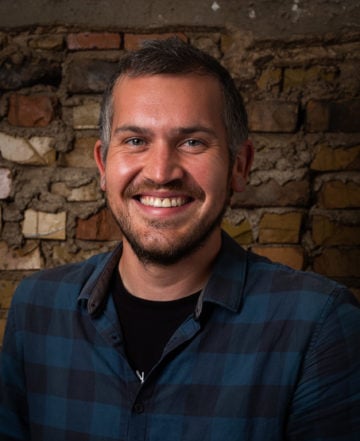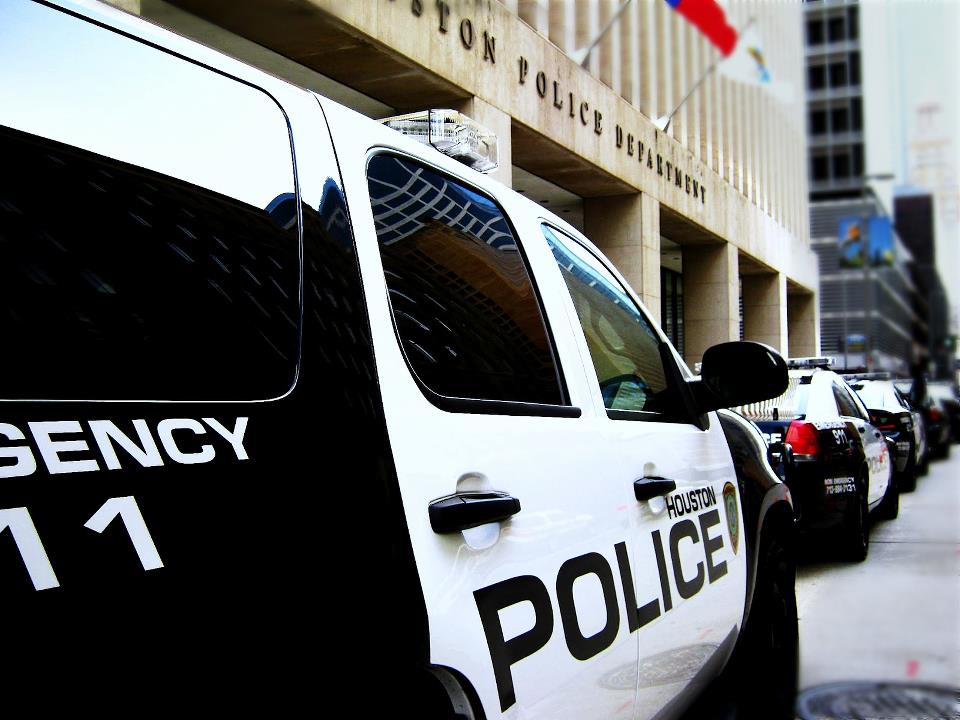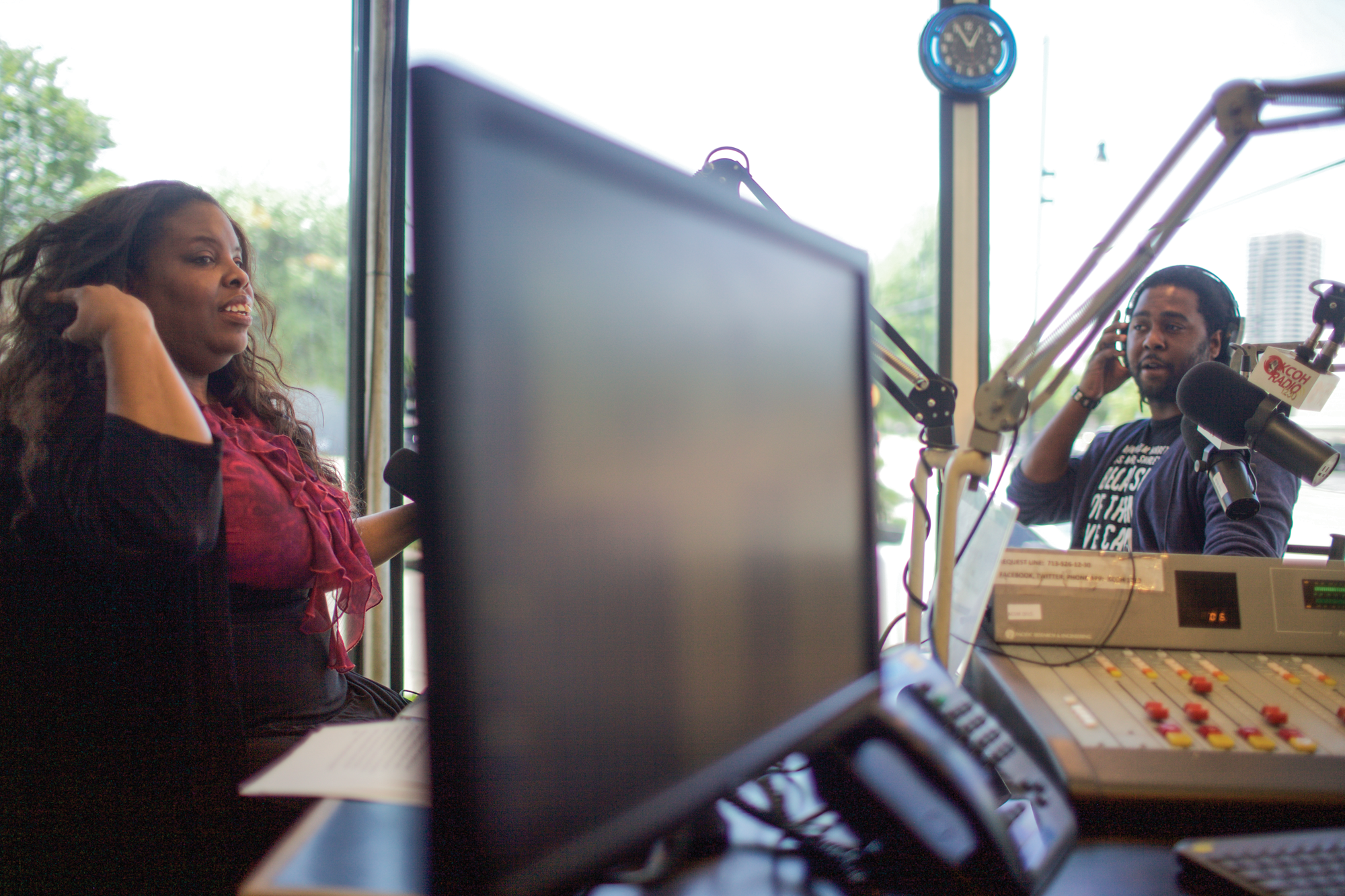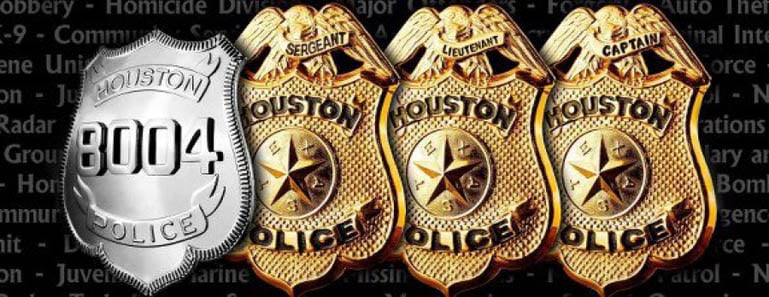Years of activism and a legacy of police violence are fueling demands to reimagine public safety.
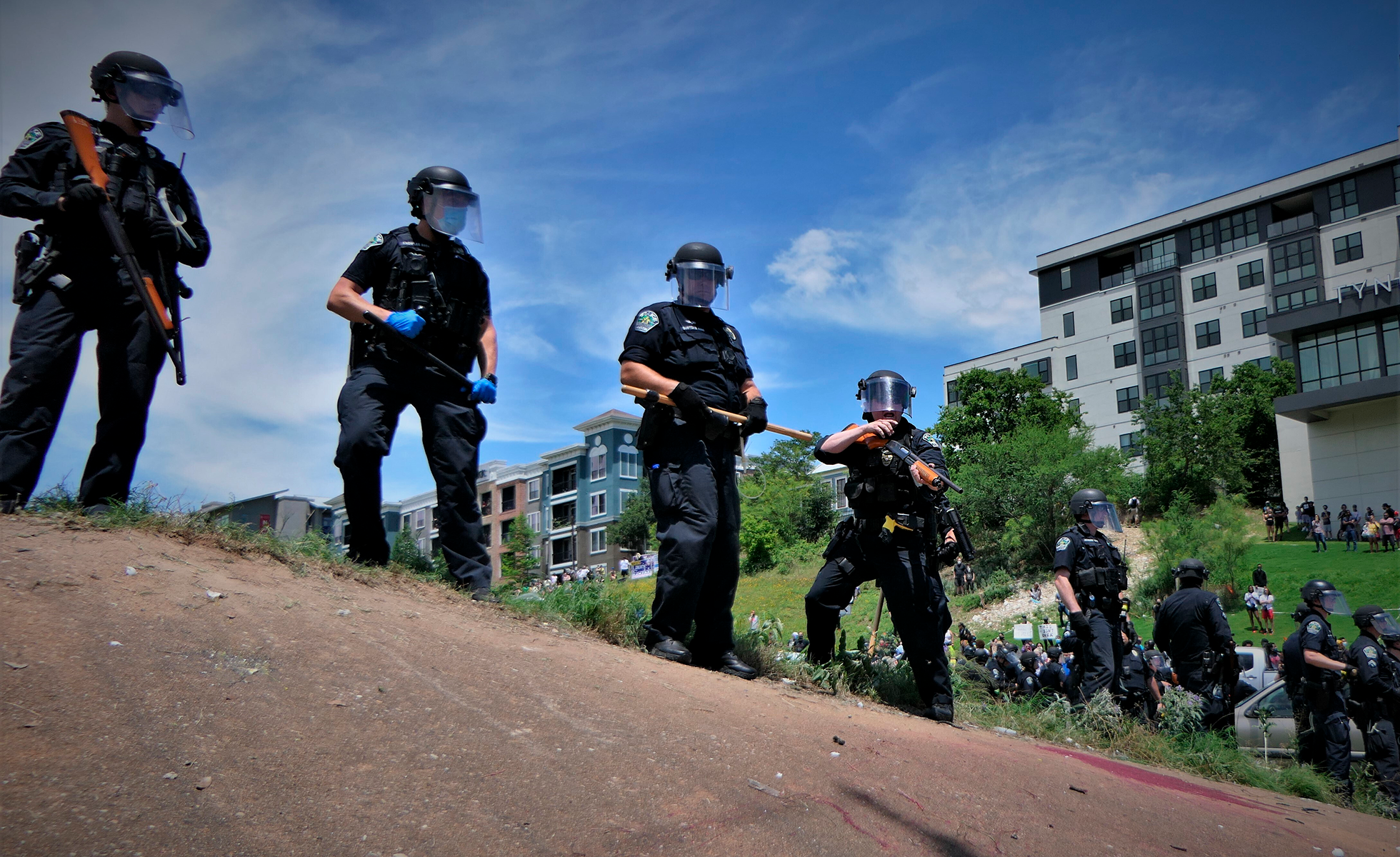
For Sara Mokuria, Father’s Day is an annual reminder of police violence. Mokuria was two months shy of her 10th birthday on October 7, 1992, when officers arrived in her neighborhood in southeast Dallas. Mokuria’s mother had called 911 when her father, Tesfaye, came home acting irrationally. Mokuria’s mother managed to relieve him of the kitchen knife he was handling before police arrived, but when officers rang the doorbell, he snatched it back and said he was going to protect her. Police officials, at the time, claimed that Mokuria’s father, who was Black, “came out and charged toward an officer with the knife.” The officers who shot and killed Tesfaye were white.
“My little sister was just a one year old when they killed my dad in front of her,” Mokuria said. “She’s never celebrated a Father’s Day. That was stolen from her. How can we even weigh the cost of that?”
As she grew older, Mokuria channeled the tragedy into activism around race and policing in Dallas. In 2013, she co-founded the group Mothers Against Police Brutality with John Fullenwider, a longtime community organizer, and Collette Flanagan, whose son, Clinton Allen, was unarmed when he was shot and killed by police earlier that year. For the next several years, the group pushed the city to overhaul a toothless, decades-old system of community oversight for the Dallas Police Department (DPD). City leaders finally passed those reforms last year, which included creating a new city office independent of DPD to review police investigations and complaints, on the heels of another controversial police killing.
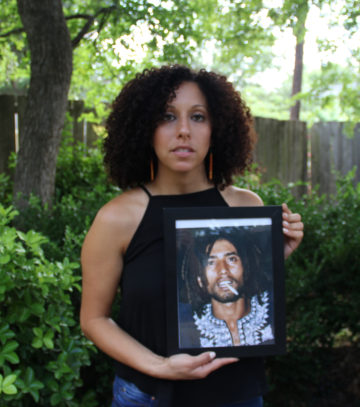
Last year, Mokuria, now with the Institute for Urban Policy Research at the University of Texas at Dallas, took a new approach to reforming law enforcement in Dallas: going after their money. She and other activists went to budget sessions in 2019 and asked city leaders to decrease spending on police and shift funding to social services to combat poverty in a city haunted by racial and economic segregation. They didn’t get very far. A spike in violent crime that year dominated discussions around police spending, leading city leaders to unanimously pass a budget that dedicated more funding to retain and hire more cops—despite a city-commissioned staffing study cautioning that DPD needed to better manage the officers it had before hiring any more.
But that was before police killed George Floyd in Minneapolis.
Floyd’s death has sparked a national uprising, challenging and changing the terms of debate around race and policing almost overnight and across all levels of government. While a growing number of activists and politicians across the country are now demanding a deeper, more fundamental reassessment of public safety, in Texas, it’s not entirely new. It’s an acknowledgement that incremental reforms like body cameras, stricter guidelines for using force, and increased training have failed to stop police brutality or correct racial disparities seen across the criminal legal system.
The scope of outrage over the current state of policing can be seen in widespread protests across the state, from major cities and suburbs to East Texas, a region long plagued by racism and terrorism at the hands of white-supremacists. According to state data on deaths in law enforcement custody compiled by the Texas Justice Initiative, since 2005, 1,172 people in Texas have died while in law enforcement custody before being taken to jail—and 282 of those people, about 25 percent, were Black, despite Texas’ population being nearly 13 percent Black.
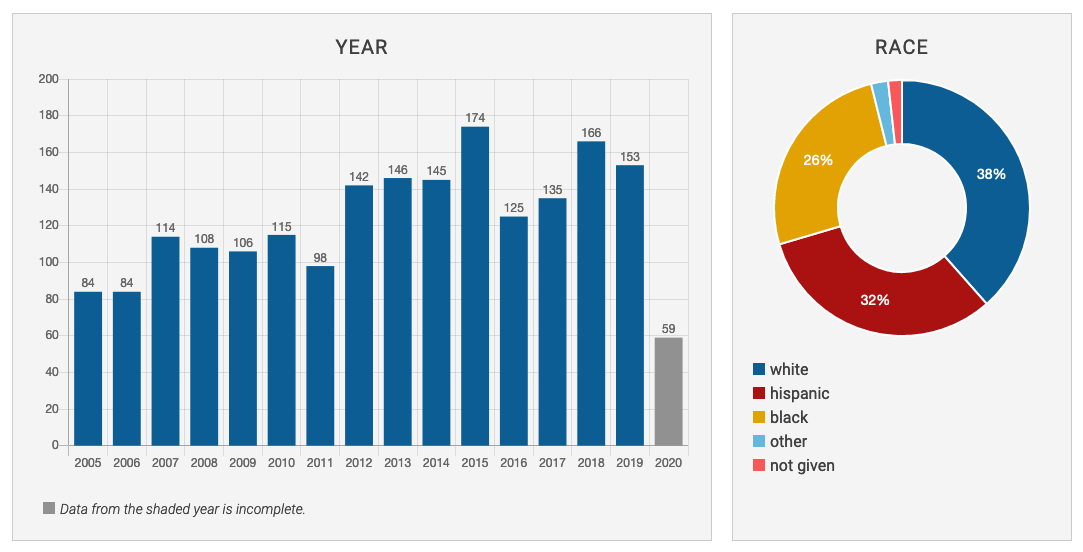
Some of these names and stories have become rallying cries at protests that continue, sporadically, across Texas. Botham Jean was eating ice cream in his own apartment. Atatiana Jefferson was playing video games with her nephew in her own house. Mike Ramos had his hands up, shouting that he was unarmed, but police fired anyway, then killed him when he tried to escape.
The protests have brought new energy to old conversations around police reform. Congress is considering new national standards for policing, a national registry to track cops who commit misconduct, and a potential dismantling of the legal architecture that shields cops from consequences when they violate human rights. State lawmakers in Texas have vowed to pass measures that have been staunchly opposed by police groups in the past and would, among other things, limit officers’ ability to arrest people for minor offenses that are supposed to be punishable only by a fine.
After attending a visitation for Floyd, a longtime resident of Houston before he moved to Minneapolis, Governor Greg Abbott raised the idea of passing a police-reform law in Floyd’s name when the legislature goes into session next year to “prevent police brutality like this from happening in the future in Texas.” Some Texas lawmakers are now even considering reforms to state civil service laws that limit police chiefs’ ability to fire bad cops, provisions that have long been the bane of police reformers but a nonstarter in the legislature. Others have asked Abbott to call a special session on policing, as Black people continue dying at the hands of police.
The dramatic increase in support for Black Lives Matter since Floyd’s killing and a growing recognition among white people of systemic racism in the criminal legal system have also pushed local debates around public safety into territory that would have seemed unthinkable in Texas just two months ago. After daily protests roiled Dallas in early June, the city council voted 12-3 to delay a planned $6.5 million increase to DPD for hires and unplanned overtime costs, urging the city manager to find “more creative ways to balance this budget.” Public comments at council hearings have been dominated by calls to defund the police. Residents pointed out that more than 60 percent of the city’s budget goes to fund public safety, while nearly one in four kids in the county are food insecure.
“The dominant narrative has changed,” Mokuria said. “The violent police response that we saw against protesters across the country, in cities like Austin and Dallas, has expanded the public’s consciousness and more people now recognize the inherent violence in policing.”
On July 14, 2018, San Antonio police officer Tim Garcia was called out to a downtown mall along the city’s famed River Walk, where security guards had detained a young Black man who they claimed was harassing customers. After he arrived and put the man in handcuffs, Garcia began to berate the suspect, repeatedly using a racial slur. The man, who was arrested and charged with criminal trespass, later complained to police, which triggered an internal investigation and a review of body camera footage that confirmed the allegation. Disciplinary records show that Garcia also twisted the handcuffed suspect’s arm in order to inflict pain when he talked back.
San Antonio Police Chief William McManus tried to fire Garcia for his conduct last year, but because of the local police union’s contract with the city, he couldn’t. Over the past decade, two-thirds of San Antonio officers who were fired and then challenged their terminations were reinstated through an arbitration process dictated by a collective bargaining agreement that strips the chief of final say on disciplinary matters.
Rewriting police union contracts to hold officers accused of misconduct accountable has been a priority for police reformers for several years. Yet until recently, the issue was a third rail in San Antonio, a city where the local police union helped write the playbook for amassing and flexing police power in local politics. Other San Antonio cops who have won their jobs back over the past decade include Matthew Luckhurst, whom McManus tried to fire in 2016 after he gave a homeless man a sandwich containing dog feces, and Michael Garza, who in 2012 shot and killed his girlfriend’s spurned ex after drinking on duty. According to records, the man shot Garza’s girlfriend during an argument, but instead of taking her to the hospital, Garza chased the man for nearly two miles before shooting him in the back. In June of this year, Luckhurst finally lost his job after a feces-related “prank” on a female officer who asked that men keep out of the women’s restroom.
In 2016, the last time the San Antonio Police Officers Association’s contract was renegotiated, city officials largely dismissed the idea of changing disciplinary procedures, despite protests from Black Lives Matter activists. “To put it frankly, these issues weren’t trending then like they are now,” said Johnathan-David Jones, an activist who pushed for changes to the contract. He says the lack of public pressure at the time meant that officials felt little sense of urgency. “The union was definitely prioritized over the community at the time.”
“The American policing system is a very pecular insitution because it derives directly from slavery but we don’t talk about that. We’re afraid to.”
Negotiations over the union’s next collective bargaining agreement, which are scheduled to start by the end of the year, could look much different this time. Citizens have flooded city meetings asking local leaders to not only divest from police but also to reimagine the role of the police union in the city. Mike Helle, the longtime president of the local police union who has compared Black Lives Matter protesters to the Ku Klux Klan, didn’t respond to a request for comment. In early June, days after thousands of San Antonians marched on the local police headquarters protesting police brutality, Helle announced that he would retire from the department and his union post before the next round of contract negotiations. He says his retirement has nothing to do with the protests.
Two San Antonio city council members, Ana Sandoval and Roberto Treviño, have pledged to reject any campaign contributions from the police union; in late June, Sandoval gave $500 to a local organization that mentors young Black men, the same amount the local police union had previously donated to her campaign. Some San Antonio activists are even launching a petition to repeal the provisions governing police collective bargaining and officer discipline. “Nobody wants a police officer who feeds a homeless man a feces sandwich to stay on the force,” said Oji Martin, an activist who started the repeal effort.
In Houston, where officials are currently negotiating a new contract with the local police union, organizations, including the ACLU of Texas and the Texas Organizing Project, sent Mayor Sylvester Turner and the city council a letter in June asking them to enact sweeping changes to policing in the city, including changes to the union contract governing officer discipline and greater community oversight of the Houston Police Department. The groups also asked that the city open contract negotiations to the public; in Houston and San Antonio, such negotiations have largely happened behind closed doors. “Police unions have unparalleled power to shield police from accountability and to prevent reform,” the letter stated.
Given current state laws, even successful campaigns to change police union contracts have only gone so far in the past. Following a string of troubling police encounters in Austin, including the 2016 killing of a Black teenager named David Joseph, who was unarmed and naked when police shot him, activists demanded that city council rewrite the police union contract. In 2018, after an 18-month battle with the police union, the city passed major reforms to the union’s collective bargaining agreement that boosted independent oversight of the Austin Police Department and provided more transparency around instances of police misconduct. But the new contract left in place a rule that prevents the department from disciplining officers after 180 days have passed since any alleged misconduct—a baseline provision of state civil service laws that govern many of the major police departments across Texas.
After police in Austin shot “less-lethal” munitions at protesters in early June, injuring several people including a pregnant woman, a 16-year-old boy, and a 20-year-old college student who is expected to suffer serious brain damage, there were deafening calls for the firing of Austin Police Chief Brian Manley, but even that appears to be blocked by state law.
Scott Henson, director of the Austin-based nonprofit Just Liberty and a prominent voice on police reform, says he sees more potential than ever to challenge state laws governing police discipline and accountability after the uprising over George Floyd’s death. Henson says a handful of legislative offices reached out to him after the protests seeking suggestions on how to revise the state’s civil service laws for more police accountability. Among his recommendations are ending the 180-day rule and eliminating provisions that let officers see complaints, videos, and investigative files against them at least 48 hours before supervisors and investigators question them about misconduct.
Henson says such changes were unthinkable when he started lobbying lawmakers for reforms nearly two decades ago. “Twenty years ago, there was a bipartisan consensus regarding tough on crime politics and the police unions just reigned supreme. They had veto power over virtually all legislation, and going up against them was like sticking your finger in a buzzsaw,” Henson told me. “It’s impossible to overstate how different the terms of debate are today.”
Ron DeLord, who founded the state’s largest police union, the Combined Law Enforcement Associations of Texas, says he’s been warning local unions for years that the public was close to a tipping point over policing—one that has been accelerated in recent years by the ubiquity of video recording. “What’s happening now is the public is seeing what they haven’t seen in the past, and they don’t like some of the things they’re seeing,” DeLord said. “There’s a disconnect between what the public thinks the police ought to be doing and how the police are trained and are acting.”
While he insists that police associations have been unfairly targeted as barriers to reform, DeLord calls the current debate over policing part of the evolution of public safety: When he first became a police officer in the late 1960s, DeLord says old-timers complained about a new Supreme Court ruling that required police to read people their rights when being detained. “An old sergeant kept telling me he couldn’t see how we could police if we’ve gotta tell people their rights,” he said.
Protesters shouted Michael Dean’s name in Temple and in other Texas cities in protests throughout June. Dean’s family says officials have given them little explanation for why Temple police officer Carmen DeCruz shot and killed him during a traffic stop last December. Two months after the shooting, DeCruz was charged with manslaughter and resigned from the police department, effectively ending the agency’s internal investigation into the shooting.
Jeremy, Dean’s youngest brother, said he’s had a hard time working since the killing because of how his brother died. A commercial truck driver, Jeremy says he’s become increasingly anxious about the regular stops and inspections that come with the job. “I just want to know what made that officer do it,” he said. “Why did you pull out a lethal weapon? What were the circumstances that led to you pulling that trigger? I just can’t get those questions out of my head.”
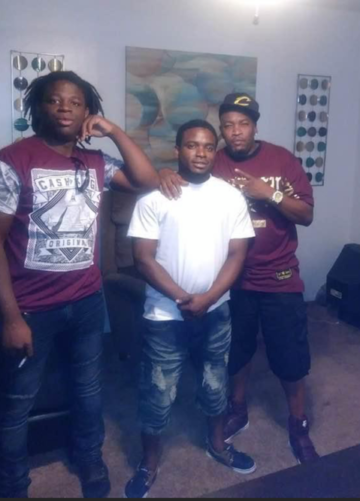
Dean, who was Black, was among several victims of police violence that President Donald Trump mentioned while announcing his executive order on policing on June 16, and his family were among others invited to the White House. The same day, during a senate hearing in which he’d been called to testify about police brutality, the family’s attorney, Lee Merritt, reminded lawmakers that the video of Dean’s death has still not been released by the police department. Merritt, who advocates for relatives of people killed by police across Texas and the rest of the country, described the families he represents as “disproportionately Black, undeniably strong, and relentlessly committed to the cause of justice in policing.” During his testimony, he tied policing to the larger crisis of mass incarceration, telling senators that the criminal legal system is “as ravenous as it is racist.”
From slave patrols to the brutal legacy of the Texas Rangers to a system of convict leasing that was essentially slavery by another name, protests against police brutality electrified a larger discussion around the country’s history of race and law enforcement. Today, extensive data shows the disproportionate harm that police inflict on Black communities, from traffic stops and searches to drug arrests and the use of force. Howard Henderson, director of the Center for Justice Research at Texas Southern University, writes that contemporary policing in the United States has worked to perpetuate systems of inequality and social domination that mirror the nation’s history of colonialism. “The American policing system is a very pecular insitution because it derives directly from slavery but we don’t talk about that,” he says. “We’re afraid to.”
In June, Henderson gathered a group of criminal justice researchers tasked with centering the voices of the communities most impacted by police violence to evaluate the barrage of proposals and ideas to rethink public safety that have followed George Floyd’s killing. “We didn’t just wake up and find ourselves in this disarray,” he said. “This came out of centuries of degradation and oppression, and the police are an offshoot of the overseer on the plantation.”
But both of Texas’ senators have recoiled at the idea of structural racism as Congress considered federal reforms last month. During a Senate judiciary committee hearing, after a witness told lawmakers that implicit biases and structural racism extend beyond policing, John Cornyn shot back, “Well, you lost me when you want to take the acts of a few misguided, perhaps malicious individuals and ascribe that to all Americans, not just to our 800,000 police officers and 18,000 police departments.” Ted Cruz accused others of trying to “impugn the integrity” of everyone working in law enforcement. “A great many of our colleagues use the phrase ‘systemic racism’ to suggest that the entire criminal justice system is imbued with racism,” he said. “I don’t believe that’s accurate.”
With federal reforms largely stalled by the end of June, and Texas lawmakers still months away from reconvening for the next legislative session, local budget battles could help define the new boundaries of this latest debate over policing. After several days of protests in Dallas, leaders started asking for alternative approaches to public safety. “We hear many of our constituents’ calls to ‘defund’ the Dallas Police Department,” a coalition of 10 city council members wrote in a memo to the city manager. “We understand that this call is a demand to address the deep root of our nation’s unjust practices and institutions and the need for us, as a city to repair the harm of structural oppression.”
Sara Mokuria has worked with community advocates to create an evolving list of demands and priorities as Dallas starts to rethink public safety this budget season, including restrictions on the use of deadly force designed to prevent the kind of encounters with DPD that have quickly turned fatal in the past.
But such police-centered reforms are only harm-reduction strategies and not solutions to police violence, Mokuria says, pointing instead to the more transformative demands now coming from the community. They are asking Dallas to double down on alternative responses to mental health crises by hiring more counselors and social workers to respond to calls where guns aren’t involved, and urging the city and county to evaluate and fund other services that could reduce reliance on law enforcement. Researchers say that outreach workers, counselors, neighborhood mediators, well-run after school activities, and even youth summer job programs have been shown to improve communities and prevent crime while offloading responsibilities from armed police.
Mokuria and other activists are also asking Dallas to divert police funding to pay for counselors to assist poor people; job training and certification programs for those who need work; shelter and services for a growing homeless population in a city where churches must break the law to take people in during inclement weather; assistance programs for people in eviction court so they don’t wind up homeless in the first place; and even environmental remediation, like cleaning up and restoring the area around a 70,000-ton pile of abandoned roofing materials dubbed “Shingle Mountain.”
“Some of these reforms that are focused on the police are simply harm-reduction interventions,” Mokuria said. “It’s like applying pressure to a bleeding wound. That alone won’t heal the wound.”
